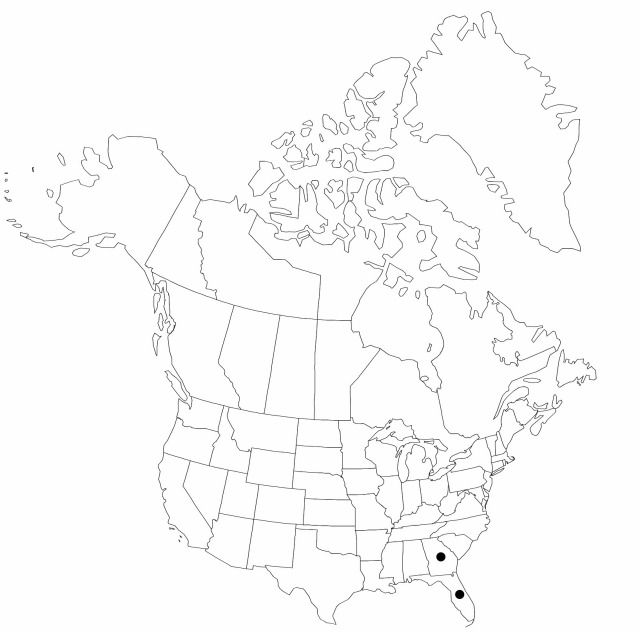Difference between revisions of "Websteria confervoides"
Kew Bull. 26: 582. 1972.
FNA>Volume Importer |
FNA>Volume Importer |
||
| Line 7: | Line 7: | ||
|year=1972 | |year=1972 | ||
}} | }} | ||
| − | |basionyms={{Treatment/ID/ | + | |basionyms={{Treatment/ID/Basionym |
|name=Scirpus confervoides | |name=Scirpus confervoides | ||
|authority=Poiret | |authority=Poiret | ||
| + | |publication_title=in J. Lamarck et al., Encycl. | ||
| + | |publication_place=6: 755. 1805 | ||
}} | }} | ||
|synonyms={{Treatment/ID/Synonym | |synonyms={{Treatment/ID/Synonym | ||
| Line 62: | Line 64: | ||
|publication year=1972 | |publication year=1972 | ||
|special status= | |special status= | ||
| − | |source xml=https://jpend@bitbucket.org/aafc-mbb/fna-data-curation.git/src/ | + | |source xml=https://jpend@bitbucket.org/aafc-mbb/fna-data-curation.git/src/f6b125a955440c0872999024f038d74684f65921/coarse_grained_fna_xml/V23/V23_185.xml |
|genus=Websteria | |genus=Websteria | ||
|species=Websteria confervoides | |species=Websteria confervoides | ||
Revision as of 19:07, 24 September 2019
Culms: primary ones pale green, 175 cm × 0.6 mm; stems green, 10 cm × 0.05 mm. Leaves: sheaths pale brown or red-brown, 7–10 mm. Spikelets: scales pale brown to green with red or purple marks, midvein colorless or green, lanceolate, 5–12 × 0.5–1.6 mm, margins scarious. Achenes pale brown to red-brown, ellipsoid, 2 × 1.2–1.5 mm; beak 1.4–2 × 0.2–0.3 mm.
Phenology: Fruiting fall.
Habitat: Lakes
Elevation: 0–50 m
Distribution

Fla., Ga., West Indies, Central America, South America, Asia (India, Malesia, Sri Lanka), Africa (including Madagascar), n Australia.
Discussion
Sterile aquatic specimens of several species of Eleocharis have been confused with Websteria confervoides. Sterile specimens of W. confervoides can be recognized, with some confidence, by their pale, relatively stout main stems with numerous, very slender green branches, the somewhat enlarged nodes, long (to 11 mm) bracts subtending branches, and the usually reddish abscission zone of the bracts. Correctly identified specimens have been seen only from Florida and Georgia.
Selected References
None.
